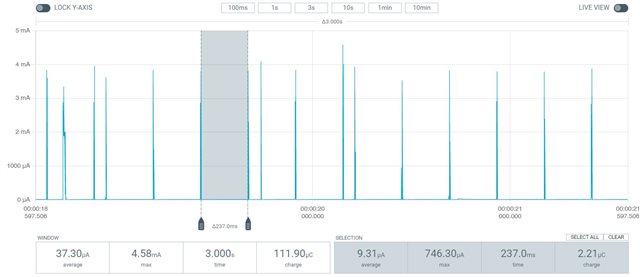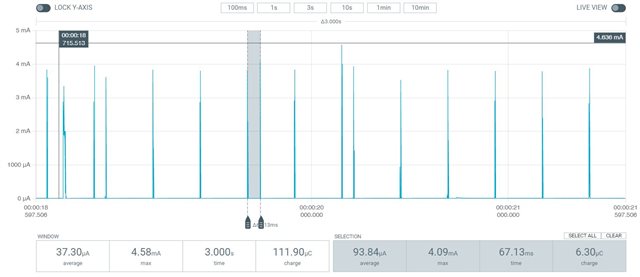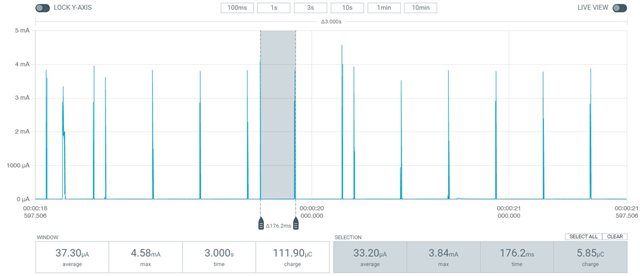I am working on porting a product made with nRF52832 to nRF5340.
The work is in the final stages, and we are working on reducing current consumption on the 5340 board.
I was able to reduce the amount by referring to the Nordic blog, but there is still a problem with current consumption being greater than before.
(While I got an average current of 25uA on the 52832 board, I get an average current of 40uA on the 5340 board.)
I found something strange while measuring the current of the 5340 board using PPK2.
Peak current generated during radio operation is a problem that occurs more frequently than the 52832 board.
To confirm this, I captured packets using a sniffer device.
<nRF52832>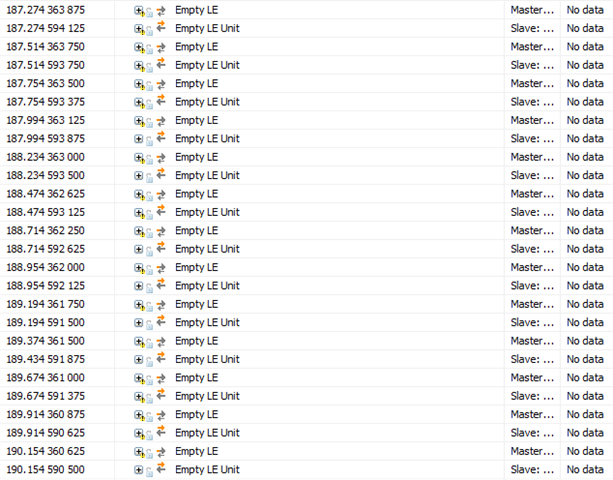
<nRF5340>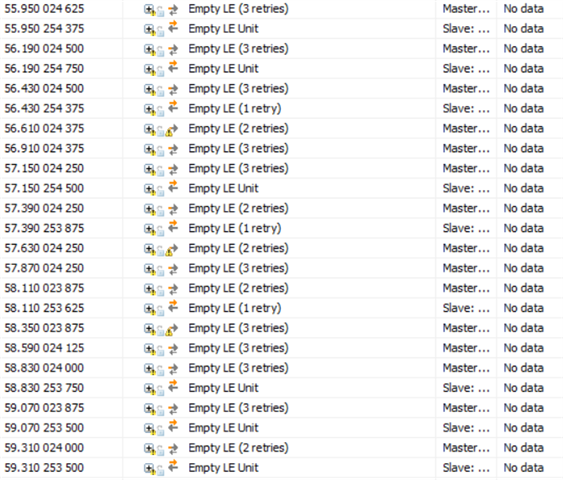
For the 52832 board, I can see empty packets in most master-slave pairs, but for the 5340 board, empty packets from the master seem to fail frequently.
Based on this, we try to guess that the condition of the radio, such as antenna matching, is bad.
Can you confirm if my guess is correct?
My connection interval is min: 60ms, max: 80ms and I am using slave latency as 3.
Below is a screen capture of the current peak.
<nRF52832>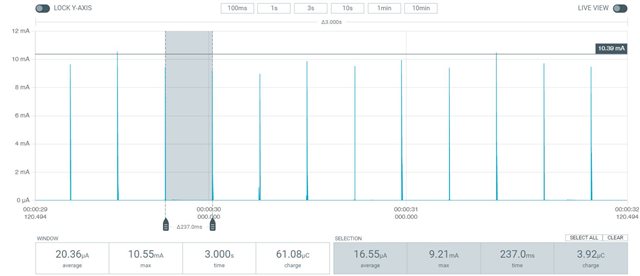
<nRF5340>